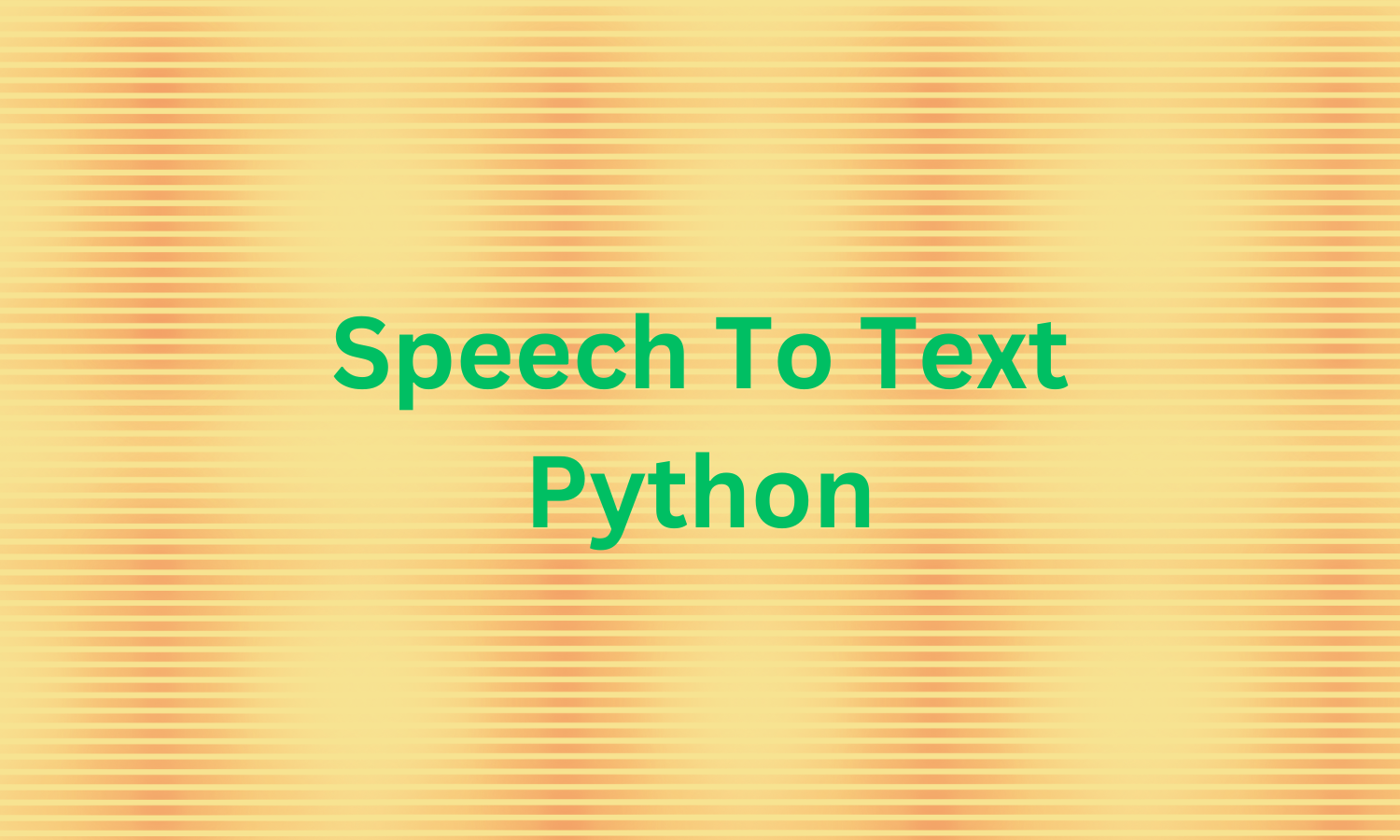By khoanc, at: 11:27 Ngày 20 tháng 2 năm 2024
Thời gian đọc ước tính: __READING_TIME__ phút


By khoanc, at: 11:27 Ngày 20 tháng 2 năm 2024
Thời gian đọc ước tính: __READING_TIME__ phút


